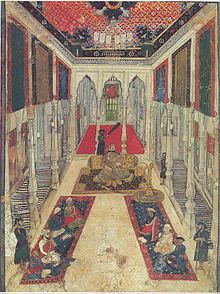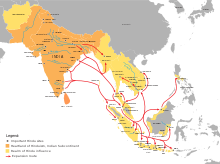This article needs additional citations for verification .(May 2024) |

Indian honorifics are honorific titles or appendices to names used in the Indian subcontinent, covering formal and informal social, commercial, and religious relationships. These may take the form of prefixes, suffixes or replacements.
